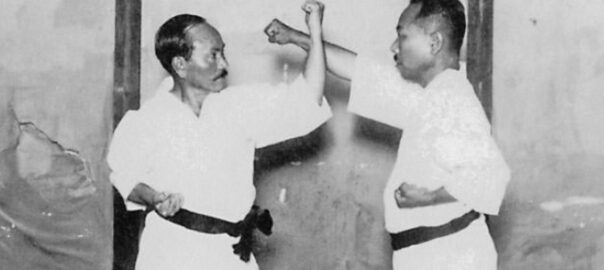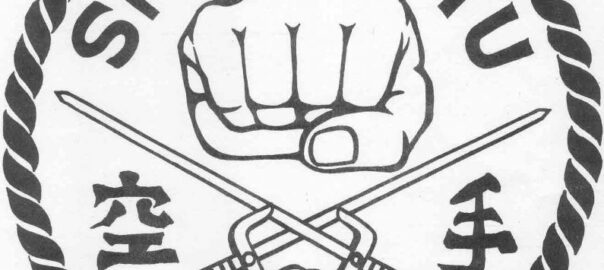Bassai translates as “destroy the wall” or “storm the fortress”. Accordingly, the kata should also be performed powerfully. It is said to have been created by Matsumura Sōkon and can be traced back to the Okinawan Tōde-Katas. It is believed that it was taught in its original form by Chinese masters as early as the late 13th century and came to Okinawa as a result of trade relations. Today it is no longer possible to determine how far today’s Bassai Dai still corresponds to its ancient origin.
Bassai Dai belongs to the group of Shorin kata, whose training focus, in addition to the techniques to be executed, is to train the karateka’s speed. The main characteristic of the kata is that the individual techniques are performed very quickly and powerfully. It contains many defensive block and leverage techniques and comparatively few leg techniques. With about 40 individual techniques, Bassai Dai is one of the longer katas. Therefore, it is one of the katas that are very often performed both in Dōjō and in kata competitions.
“In karate, hitting, thrusting, and kicking are not the only methods, throwing techniques and pressure against joints are included … all these techniques should be studied referring to basic kata”
gichin Funakoshi
Find more content about Bassai Dai here.


